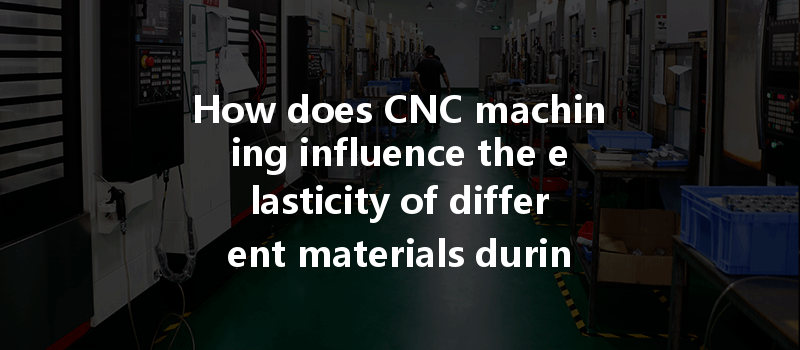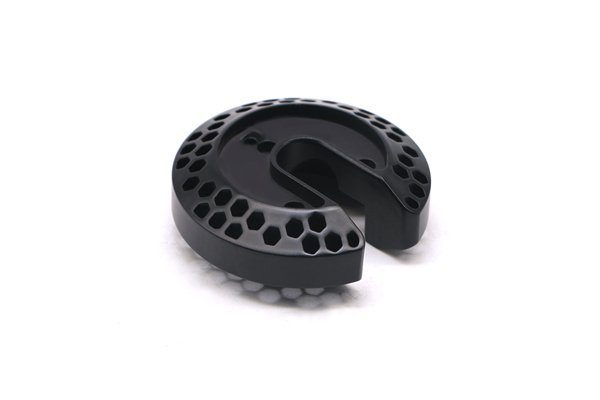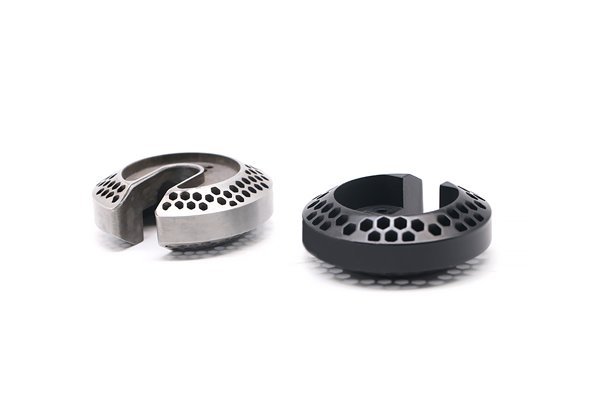*
Did you know that the process of machining can affect the mechanical properties of materials in ways that can significantly alter their performance? Research shows that improperly executed CNC machining can lead to a reduction in material elasticity, resulting in parts that may not perform as expected in their applications. Understanding how CNC machining influences the elasticity of various materials is crucial for engineers, machinists, and quality control experts alike.
In this blog, we’ll dive deeply into the relationship between CNC machining and material elasticity, exploring the underlying factors that affect this essential property, discussing approaches to mitigate negative effects, and offering recommendations for optimizing your CNC machining processes.
Understanding Elasticity and Its Importance in Machining
What is Elasticity?
Elasticity refers to the ability of a material to deform under stress and return to its original shape upon the removal of that stress. It is a critical property in a variety of fields, particularly in engineering and manufacturing, where components must endure mechanical loads without permanent deformation. Different materials exhibit varying degrees of elasticity, and understanding these differences can help engineers choose appropriate materials for specific applications.
Why is Elasticity Important in CNC Machining?
In CNC machining, the goal is not only to create parts that meet dimensional specifications but also to ensure that these parts maintain their functional integrity under operational conditions. Elasticity is essential in applications where parts experience cyclic loading, vibrations, or impact forces.
Factors That Influence Elasticity During CNC Machining
Every material has inherent properties that dictate its elasticity. Metals like steel and aluminum display good elasticity, while plastics and composites can exhibit more variable behaviors. The first step in understanding how CNC machining influences material elasticity is to consider the initial properties of the material used in machining.
Several parameters during the CNC machining process can impact the elasticity of the material:
Machining processes generate heat, which can significantly impact the mechanical properties of a material. Some materials lose elastic strength at elevated temperatures, so it’s essential to control the temperature during machining.
Residual stresses occurring due to machining can lead to changes in a material’s elastic properties. Understanding where these stresses develop is crucial to predicting how the final product will behave under load.
How CNC Machining Influences Elasticity
Thermal Impact on Elasticity
As mentioned, machining generates heat, leading to thermal softening of the material. For modern CNC machines that operate at high speeds, this heat can exceed the material’s temperature limits, temporarily reducing its elastic modulus.
Effects on Microstructure
CNC machining can alter the microstructure of materials, especially metals. Processes like annealing and hardening can significantly change the mechanical properties of a material, making it vital for engineers to understand these microstructural changes to maintain elasticity.

Dynamic Response Changes
The dynamic response of parts during machining can highlight inconsistencies in material elasticity. The vibrations and stresses induced by the cutting process can lead to a loss of elasticity, particularly in softer materials or those that are not properly secured.
Solutions to Mitigate Elasticity Loss
When selecting materials for CNC machining, understanding their inherent elastic properties is crucial. Opt for materials that strike a balance between machinability and elastic capability, thus ensuring better performance under stress.
Fine-tuning machining parameters can help maintain material elasticity. Consider the following adjustments:
Employ cooling techniques such as flood coolant or mist coolant to help dissipate heat during machining, reducing the risk of thermal damage and preserving elasticity.
Employ treatments such as heat treatment or shot peening after machining to relieve residual stresses, thereby improving material elasticity.
Best Practices for Ensuring Elasticity in CNC Machined Parts
The influence of CNC machining on the elasticity of materials cannot be underestimated. By understanding the underlying factors that affect this critical property, you can make informed decisions that enhance the performance and longevity of your machined parts.
In summary, remember to select materials wisely, optimize your machining parameters, control temperatures diligently, and treat machined parts appropriately to avoid loss of elasticity. This blog is significant; it highlights the importance of considering material properties in a machining environment. Taking these considerations into account will not only improve product quality but will also enhance operational efficiency and customer satisfaction.
As you embark on your CNC machining projects, keep these insights in mind. A proactive approach to understanding the interplay between machining processes and material properties will ensure that your machined components excel in their intended applications. Always think critically about how every decision you make during CNC machining can affect the final product, especially regarding elasticity.



